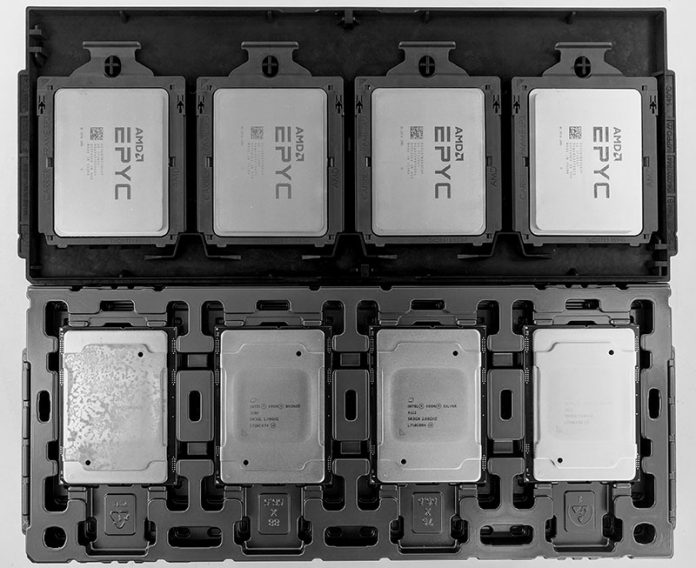As part of our unstoppable march towards publishing relative performance numbers across a wide range of CPUs, today we have our Intel Xeon Gold 6136 benchmarks and review. We recently touched upon a curious position the Intel Xeon Gold 6136 finds itself in. If you read our piece Intel Xeon Platinum 8158 v Intel Xeon Gold 6136 Differences you will see that the main difference between this $2460 CPU and the $7007 Platinum model is that the Platinum can scale to 8-sockets. 8-socket systems are still rare at the time of this writing so for most deployments, this is the 12 core/ 24 thread model to get.
The essence of this CPU is that it is intended to have about twice the L3 cache of mainstream Xeon Gold 6100 CPUs at just over 2MB per core. Clock speeds across the twelve cores start at a 3.0GHz base. While it is not the highest core count part, it has clock speed and cache to help for workloads that need higher performance per core.
Key stats for the Intel Xeon Gold 6136: 12 cores / 24 threads, 3.0GHz base and 3.7GHz turbo with 24.75MB L3 cache. The CPU features a 150W TDP. This is a price point Intel has maintained for years. Here is the ARK page with the feature set.
Test Configuration
Here is our basic test configuration for single-socket Xeon Scalable systems:
- Motherboard: Supermicro X11SPH-nCTF
- CPU: Intel Xeon Gold 6136
- RAM: 6x 16GB DDR4-2666 RDIMMs (Micron)
- SSD: Intel DC S3710 400GB
- SATADOM: Supermicro 32GB SATADOM
Realistically, we expect these to be deployed in dual socket scenarios. We wanted to quickly generate a large number of test results so we are going through a series of single socket results first. This is a decent system with 96GB of RAM but it can be expanded to 768GB as needs arise. The other important aspect is that we are keeping this test system stable and consistent for our benchmarking so we can have reliable power and performance numbers. Our readers often wonder, “which CPU should I get?” and that question often has three parts:
- What is the cost?
- What is the performance?
- What is the impact to the price/ performance ratio of my applications?
Our goal with this series is to help our readers understand a relative performance ranking between CPUs. That way if you see two options in your configurator or from a sales rep quote, you have some idea of what you are getting with each option.





These look nice actually. You get more consolidation than the 6134s but you’re not adding lots of low speed cores
Any news on AMD EPYC Embedded 3000?
Hopefully will have more in the next 45 days
I use xeon 6136 with Dell R740 for Magento Shop. This is perfect.